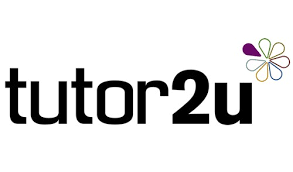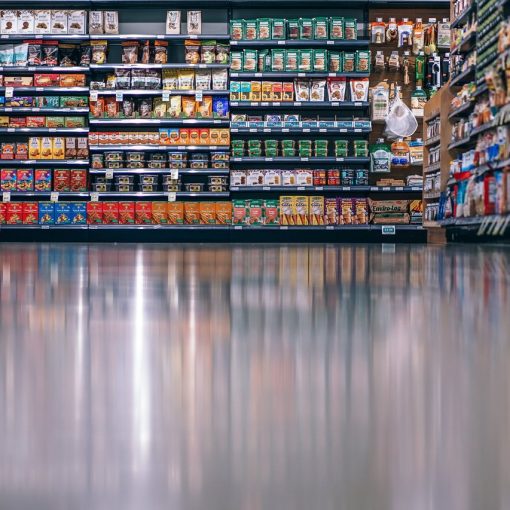Relevant Exam Boards: A-Level (Edexcel, OCR, AQA, Eduqas, WJEC), IB, IAL, CIE
Edexcel Economics Notes Directory | AQA Economics Notes Directory | IB Economics Notes Directory
Price Controls Definition:
Price Controls are a type of government intervention in markets to change the existing market price, by imposing a maximum price (price ceiling) or minimum price (price floor).
Price Controls Examples & Explanation:
A minimum price can be implemented to help protect suppliers or producers (e.g. minimum milk price, minimum wage); whereas a maximum price can help to reduce exploitation of consumers, particularly on essential goods (e.g. rent controls). However, they do have their limitations and can potentially cause excess demand or excess supply and hence market failure. It can also be a way to reduce or limit the impact of the consumption of demerit goods with negative externalities (e.g. alcohol) by making them less affordable using a minimum market price, which the UK has imposed.
Price Controls Notes with Diagrams/Graphs:
Want a closer look? Download these price controls notes.
Price Controls Video Explanation – EconPlusDal 
The left video explains impacts of a minimum price (price floor), the right explains impacts of a maximum price (price ceiling).
Price Controls Examples in the News
Related A-Level, IB Economics Resources

Government Intervention: Maximum Prices
London Housing Rent Crisis – More Controls Needed?
![]()
Competitive Markets: House Prices
![]()
Price controls – advantages and disadvantages
Subsidies vs Minimum Prices for farmers
Minimum price for alcohol – pros and cons
Follow us on Facebook, TES and SlideShare for resource updates.




